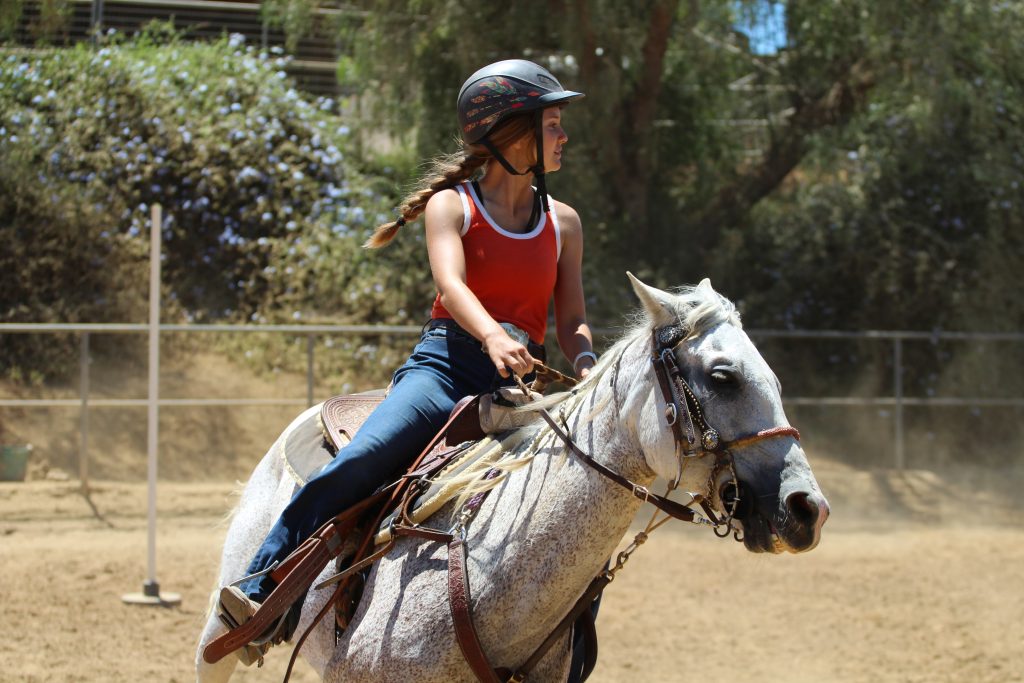Equestrian sports often pose a high risk for head injuries. Concussions, skull fractures, and traumatic brain injuries (TBIs) are all possibilities when it comes to having an accident while riding. Equestrian helmets play a crucial role in reducing the risk of head injuries. Riding helmets help to absorb the impact in the event of a fall or accident. However, there is a lack of thorough data regarding real-world equestrian accidents, helmet performance, and their correlation with head injuries.
In this article, we are summarizing the analyses made by Sports Medicine-Open on the relationship between helmet damage and reported head injuries made from real-world equestrian accidents.
What Information Was Used For This Analysis on the Effectiveness of Equestrian Helmets?
A total of 216 equestrian helmets were collected from amateur and professional jockeys through damaged helmet return schemes within the UK, USA, and The Irish Turf Club. Associated injuries, such as skull fractures, concussions, and soft tissue damage, were recorded using accident report forms provided by riders and their doctors. The helmets used were certified at different standards, such as the British Standards Institute (BSI), Snell Memorial Foundation, American Society for Testing Material (ASTM), and Publicly Available Specification (PAS). Furthermore, helmet damage, impact locations, and residual crush were assessed using visual inspection and CT imaging.
What Were The Results From This Analysis On Equestrian Helmets?
Among the 189 accidents with reported injuries, 70% lead to head injuries, with 91% of these being concussions. Of the head injury cases, 54% has associated helmet damage, whereas 46% showed no evidence of damage. Concussions were the most common injuries at 91%, followed by skull fractures at 4%, cerebral edema at 0.7%, subdural hematoma at 0.7%, and diffuse axonal injuries at 3.6%. A chi-squared test, which determines the relationship between two variables, shows that helmets with higher standards of certification were more likely to be undamaged in head injury cases.
What Does This Study on Equestrian Helmets Tell Us?
The analysis findings and results indicate that riders continue to sustain concussion injuries despite wearing helmets during falls or accidents. However, the data also suggests that helmets significantly reduce the severity of head injuries. The presence of head injuries associated with undamaged helmets suggests that certain helmets may be too rigid, limiting their ability to mitigate the risks of TBIs. Additionally, the study suggests improving helmet designs and certification tests to enhance protection against head injuries during low severity impacts.
Final Thoughts
While equestrian helmets play a vital role in reducing head injuries, like concussions, it is also evident that a substantial number of riders still experience injuries. However, the results also tell us that helmets greatly reduce the severity of head injuries. In conclusion, there is room for improvement when it comes to helmet design and certification tests. Additional research and developments are essential to ensure optimal helmet performance and reduce the risk of traumatic brain injuries in equestrian sports.
Citations:
- Connor, T. A., Clark, J. M., Jayamohan, J., Stewart, M., McGoldrick, A., Williams, C., … & Gilchrist, M. D. (2019). Do equestrian helmets prevent concussions? A retrospective analysis of head injuries and helmet damage from real-world equestrian accidents. Sports Medicine – Open, 5(1), 19.
- British Equestrian Trade Association (BETA) and Charles Owen. (2019). Damaged helmet return schemes. Retrieved from [URL]
- The Irish Turf Club. (2019). Helmet return scheme. Retrieved from [URL]
- British Standards Institution (BSI.

